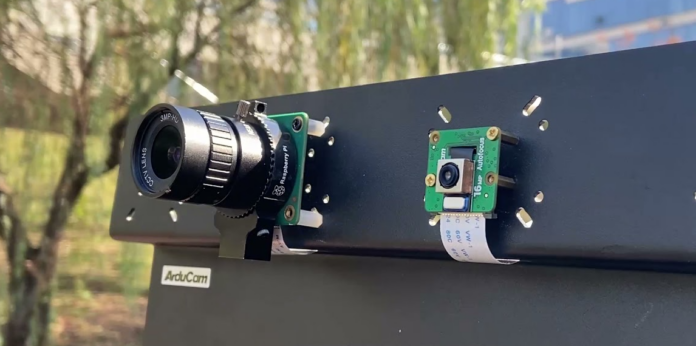Camera modules are highly integrated components that require special attention in their operation and their repairs. Operation of camera modules involves testing the module for functionality and performance before it is installed in a system. For example, it is necessary for the Camera Module manufacturer to test the camera module’s function as a camera, such as taking photos and videos, as well as its other functions such as Wi-Fi connectivity.
Management of camera modules involves monitoring the operating state of each individual component in the module. This can be done through software or hardware control mechanisms such as voltage regulators or power switches that automatically turn off components when they are not needed by a device or system.
Repairing of camera modules requires specialized knowledge about how each component works and should be done only by trained professionals who have experience dealing with complex electronics products like cameras.
How to Maintain a Camera Module
Camera modules are useful for capturing images and videos on mobile phones, tablets and computers. A good camera module will result in high-quality images, while a bad one can ruin the entire experience of using your smartphone.
So, how do you maintain your camera module? How do you keep it in good condition for as long as possible? Here are some tips:
- Buy a quality case for your phone. If you want to protect your device from scratches and bumps, then buy a good quality case for it. The case will protect the device when you drop it or if something falls on it. It will also protect it from getting dirty and dusty.
- Keep dust out. Dust can get into your phone through various openings like the headphone jack or charging port. This causes problems such as overheating and poor performance of the device. To prevent this, clean off dust regularly using compressed air or alcohol wipes (which should be available at any local electronics store). Also, avoid putting your phone close to sources of dust like windows or doors because they tend to blow them right inside!
- Keep it dry – The first thing you should do is make sure that your camera module is dry before you use it again. Moisture can cause corrosion or short circuits inside the camera module itself, which may lead to failure of the entire unit. If your camera has been exposed to rain or other moisture, let it sit in a warm room with some desiccant (silica gel) until all traces of moisture have evaporated out of the housing. Once this is done, try powering up your product again — if it still doesn’t work then you probably have more serious problems than just dampness!
Signs of Damaged Camera Modules
When you have a damaged camera module, you may have a hard time distinguishing the problem from other issues. Here are some common signs of damaged camera modules:
- Darkened screen. A dark screen is one of the most common signs of damaged camera modules. This problem can be caused by a number of factors, including dead pixels and bad connections. To fix this issue, you should clean the camera module with alcohol or compressed air and then check for any loose connections in the front panel assembly. If the problem persists, you should replace the entire front panel assembly.
- Blurry pictures. A blurry image can also be caused by dead pixels, bad connections or broken lenses. If your device has blurry photos even when taking pictures indoors, then it’s likely that your device has dead pixels on its camera sensor. To fix this issue, clean up all dust particles from your device’s lens and then replace it with a new one if necessary (this will require professional assistance).
Conclusion
By taking care of your cameras and following the right set of rules, you can ensure that they remain operational and properly functioning for years to come. Moreover, a well-maintained camera is a smartly designed, durable unit that is less prone to malfunctioning. If you feel you need a new camera module for your device, you can take a quick visit at wannatek products. You will definitely admire the different modules present there.













